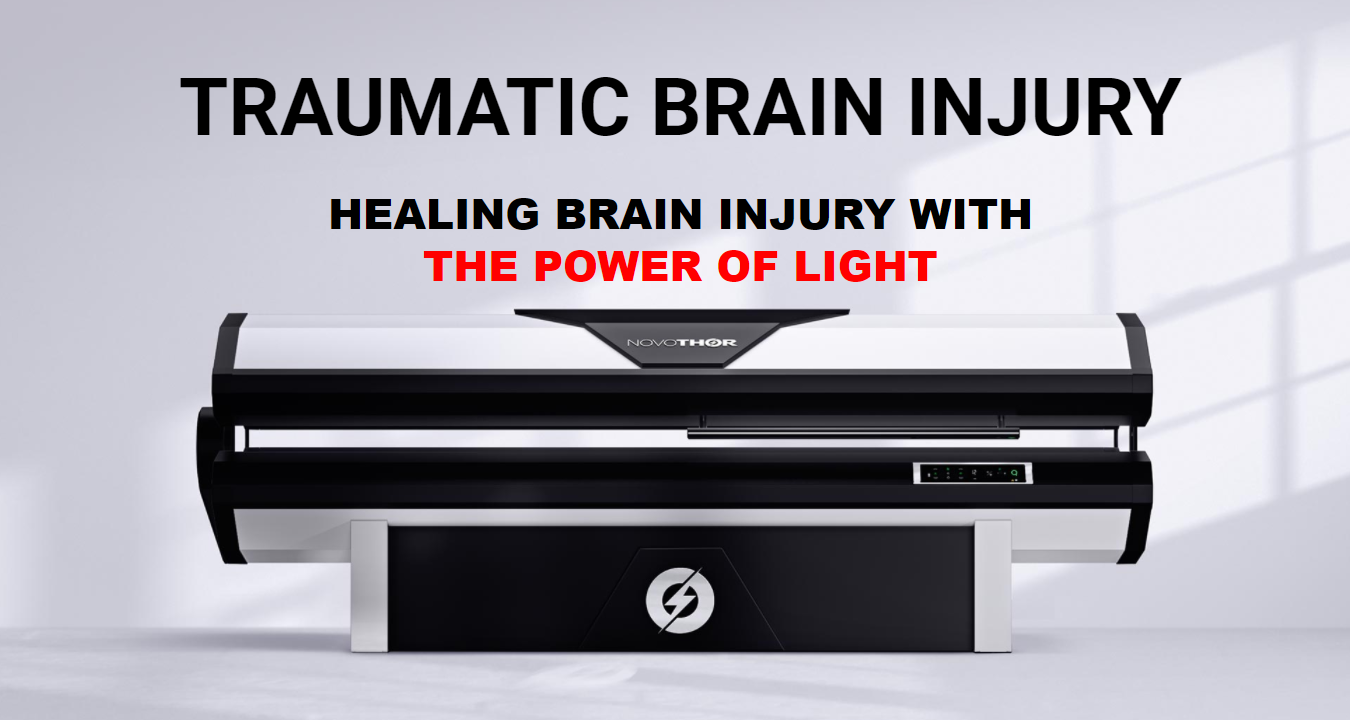SETTING NEW STANDARDS FOR THERAPEUTIC
LASER INNOVATION
Science. Not magic.
Photobiomodulation has been studied in over 500 human trials and 4,000 lab studies. PBMT and LLLT is considered a subject matter expert by researchers, hospitals, and governmental bodies such as US Congress and the UN.

What is Photobiomodulation Therapy (PBM Therapy) ?
Photobiomodulation (PBM Therapy is the application of red and near infra-red light over injuries or lesions to improve wound and soft tissue healing,
reduce inflammation and give relief for both acute and chronic pain. First developed in 1967, it is now commonly referred to as PBMT.
Photobiomodulation is used to: increase the speed, quality and tensile strength of tissue repair; resolve inflammation and relieve pain (analgesia).
The red and near infrared light (600nm-1000nm) commonly used in PBM can be produced by laser or high intensity LEDs. The intensity of PBM lasers and
LED’s is not high like a surgical laser. There is no heating effect.
The effects of PBM are photochemical (like photosynthesis in plants). When the correct intensity and treatment times are used, red and near infrared
light reduces oxidative stress and increases ATP. This improves cell metabolism and reduce inflammation.
PBM IS POPULARLY USED FOR SOFT TISSUE INJURIES, JOINT CONDITIONS, NEUROPATHIC PAIN, INCREASING ATHLETIC PERFORMANCE, FIBROMYALGIA,
INCREASE ENERGY AND MOOD STABILIZER.
TISSUE REPAIR AND ANTI-INFLAMMATORY EFFECTS
The primary effect occurs when light is absorbed in cytochrome c oxidase a protein within the mitochondria.
When cells get stressed (perhaps due to disease, injury or ageing) the mitochondria produces nitric oxide (NO). This competitively displaces oxygen from
cytochrome c oxidase consequently reducing ATP (an essential intracellular cellular energy and extracellular signalling molecule) and causing an over production
reactive oxygen species (ROS) and leading to oxidative stress. Oxidative stress is well known to lead to inflammation and cell death via the gene transcription factor NF-Kb.
PBM of the correct wavelength and density, dissociates NO allowing oxygen back in, so ATP is restored and oxidative stress reduced. Once normal mitochondrial
function is restored by PBM then cell metabolism is improves, and the patient gets better more quickly.
What is Low Level Light Therapy (LLLT) ?
Significant reduction of inflammation equal to or better than NSAIDs within 2 hours, analgesic effects that last for 48 hours, healing time of chronic tendinopathies reduced by 70%.
The progress of Photobiomodulation Therapy towards
mainstream acceptance
2019 – Multinational Association for Supportive Care in Cancer (MASCC) guidelines recommend PBM treatment for the prevention of oral mucositis. Click here
2018 – National Institute of Health and Care Excellence (NICE) guidance for the UK NHS recommends laser therapy for oral mucositis. Click here
2017 – UK NIHR funded RCT on the Clinical and Cost Effectiveness of Low Level Laser in the Management of Oral Mucositis in Head and Neck Cancer Irradiation, 10 NHS hospitals, 380 patients in progress. Click here
2017 – Low Level Laser improves survival of head and neck cancer patients. Click here
2017 – American College of Physicians Guidelines include a “strong recommendation” for Low-Level Laser Therapy as a non-invasive Treatments for Acute, Subacute & Chronic Low Back Pain. Click here
2016 – BMJ PBM for chronic non-specific low back pain: a systematic review and meta-analysis of randomised controlled trials found “moderate quality of evidence” and “clinically important benefits” in the short term. Click here
2014 – 30% reduction of the costs of hospitalisation in PBM Oral Mucositis patients. Click here
2014 – MASCC guideline revisions recommend use of PBM to reduce the incidence and severity of Oral Mucositis. Click Here
2013 – Journal Applied Oral Science. TMJ Systematic review “it seems clear that the use of laser brings benefits when properly applied and administered”. Click Here
2012 – Multinational Association for Supportive Cancer Care (MASSC) systematic review recommends PBM for oral mucositis. Click here
2011 – European Society for Medical Oncology (ESMO) systematic review suggest PBM for reducing duration and severity of oral mucositis. Click here
2011 – British Medical Journal (BMJ) Clinical Guidelines for tennis elbow “Likely to be beneficial for short-term pain relief & improvement of function”. Click here
2010 – The International Association for the Study of Pain (Global Task Force on musculoskeletal pain) recommend laser for myofascial pain syndrome. Click here
2010 – British Journal of Sports Medicine, systematic review of surgical and conservative interventions for frozen shoulder found “strong evidence” for PBM. Click here
2010 – American Physical Therapy Association guidelines recommend PBM for Achilles tendonitis. Click here
2009 – The Lancet “PBM reduces pain immediately after treatment in acute neck pain and for up to 22 weeks in patients with chronic neck pain”. Click here
2008 – World Health Organisation (Bone and Joint Task Force) recommended PBM for neck pain. Click Here

